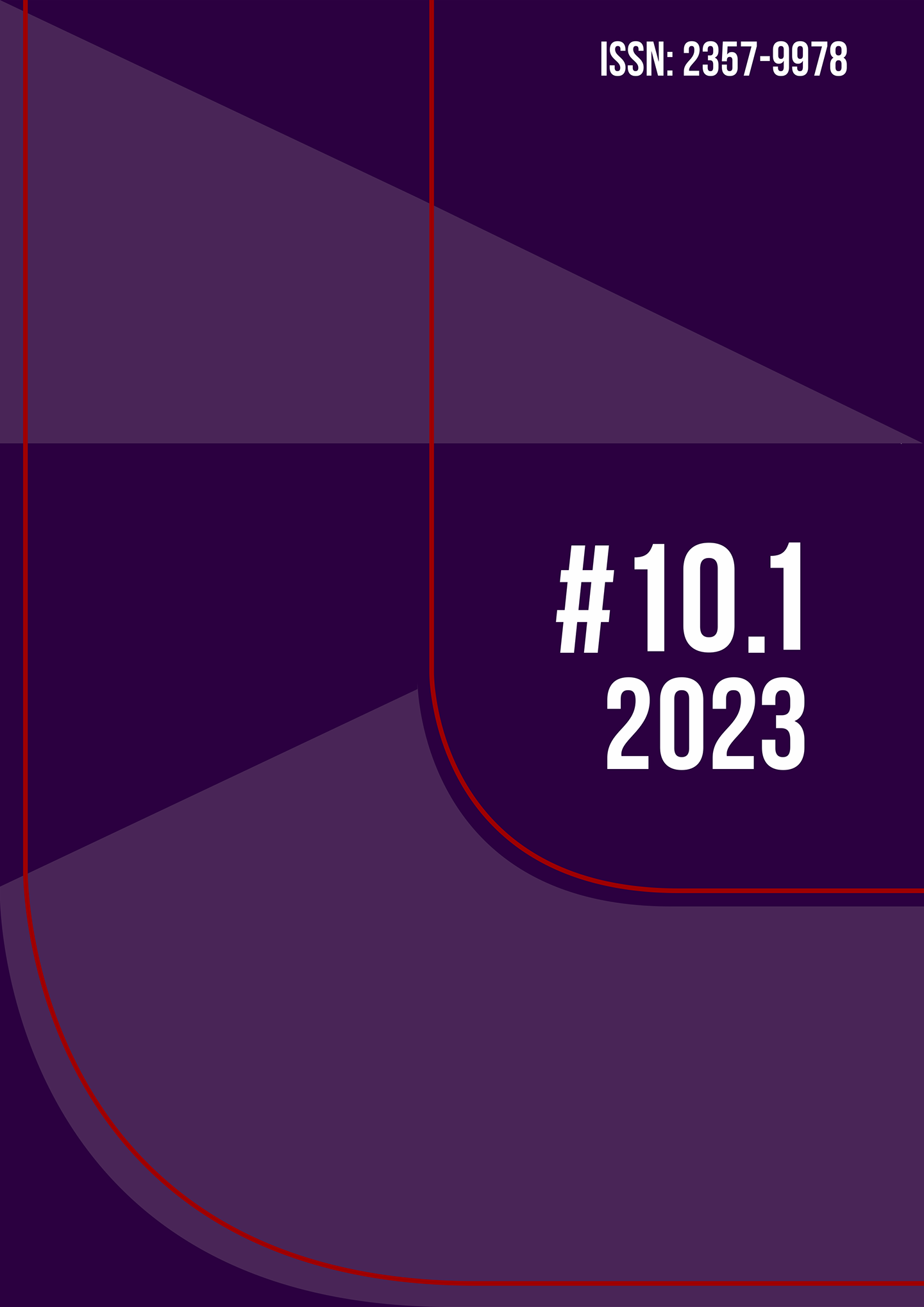Romanesca in Movement: a Walking Schema
DOI:
https://doi.org/10.36025/arj.v10i1.31581Keywords:
romanesca, counterpoint, galant style, music, schemaAbstract
This paper demonstrates the change in position of the use of the counterpoint schema entitled Romanesca, throughout the 18th century. The way of its use goes from a thematic opening procedure to different positions in the structure of the instrumental and vocal repertoire. Apparently, its recurrence, especially in the latter case, suggests musical topic implications that gradually removed the strong connotation of a musical opening formula, belonging to the 18th century repertoire, the so-called Gallant Style, as presented and explained by Robert Gjerdingen. The paper focuses on the verification of this variability of use and suggests that in the process of maturation of its use, Romanesca may have been an expedient of syntactic construction with direction to different meanings, according to the creative project in which it was inserted.
* Research funding: Fundação de Amparo à Pesquisa do Estado do Amazonas – FAPEAM.
Downloads
References
BYROS, Vasili. Topics and harmonic schemata: a case from Beethoven. In: MIRKA, Danuta (ed.). The Oxford Hand¬book of Topic Theory. New York: Oxford/OUP, 2014. p. 381-414.
CHRISTOVAM Ozório. Música sacra, discurso e poder: modelos pré-composicionais na missa luso-brasileira. Tese (Doutorado em Música) – Escola de Comunicações e Artes da Universidade de São Paulo, São Paulo: 2018.
GERBINO Giusepe. Romanesca. In: OXFORD MUSIC ONLINE. Grove Music Online. [S. l.]: Oxford Press, 2001. Disponível em: https://doi.org/10.1093/gmo/9781561592630.article.23732. Acesso em: 4 set. 2020.
GJERDINGEN, Robert. Images of Galant music in Neapolitan Partimenti and Solfeggi. Basler Jahrbuch für historische Musikpraxis, Basel, v. 31, p. 131-147, 2007.
GJERDINGEN, Robert. Music in the galant style. New York: Oxford University Press, 2007.
LOPEZ-CANO, Rubén. Música y retorica en el barroco. Barcelona: Amalgama, 2012.
MONTEIRO, Guilherme. Análise tópica, de schematae e de elementos retórico-musicais em “Seis Responsórios Fúnebres” de João de Deus de Castro Lobo (1794-1832). Dissertação (Mestrado em Letras e Artes) – Universidade do Estado do Amazonas, Manaus, 2020. Disponível em: https://pos.uea.edu.br/data/area/dissertacao/download/46-6.pdf.
PÁSCOA, Márcio. Os anjinhos bem xibantes de José Maurício Nunes Garcia. Per Musi, Belo Horizonte, n. 39, p. 1-21, 2019. DOI 10.35699/2317-6377.2019.5305. Disponível em https://periodicos.ufmg.br/index.php/permusi/article/view/5305/12071.
PÁSCOA, Márcio. To be or not to be topic, is that the question: interações entre a Romanesca e o amor devoto na ópera séria italiana no século XVIII. In: PÁSCOA, Márcio; CAREGNATO, Caroline (org.). Música, linguagem e (re)conhecimento. Manaus: Editora UEA, 2020. p. 92-122. Disponível em http://repositorioinstitucional.uea.edu.br//handle/riuea/3226.
SANCHEZ-KISIELEWSKA, Olga. Interactions between topics and schemata: the case of the sacred romanesca. Theory and Practice, New York, v. 41, p. 47-80, 2016.
Downloads
Published
Versions
- 03-06-2023 (3)
- 29-05-2023 (2)
- 17-05-2023 (1)
How to Cite
Issue
Section
License
Copyright (c) 2023 Márcio Páscoa, Mário Trilha (Autor)

This work is licensed under a Creative Commons Attribution-NonCommercial-ShareAlike 4.0 International License.

This work is licensed under a Attribution-NonCommercial-ShareAlike 4.0 International (CC BY-NC-SA 4.0) License.
Authors retain copyright, while licensing their work under a Attribution-NonCommercial-ShareAlike 4.0 International (CC BY-NC-SA 4.0) License.


 English
English Português (Brasil)
Português (Brasil)
